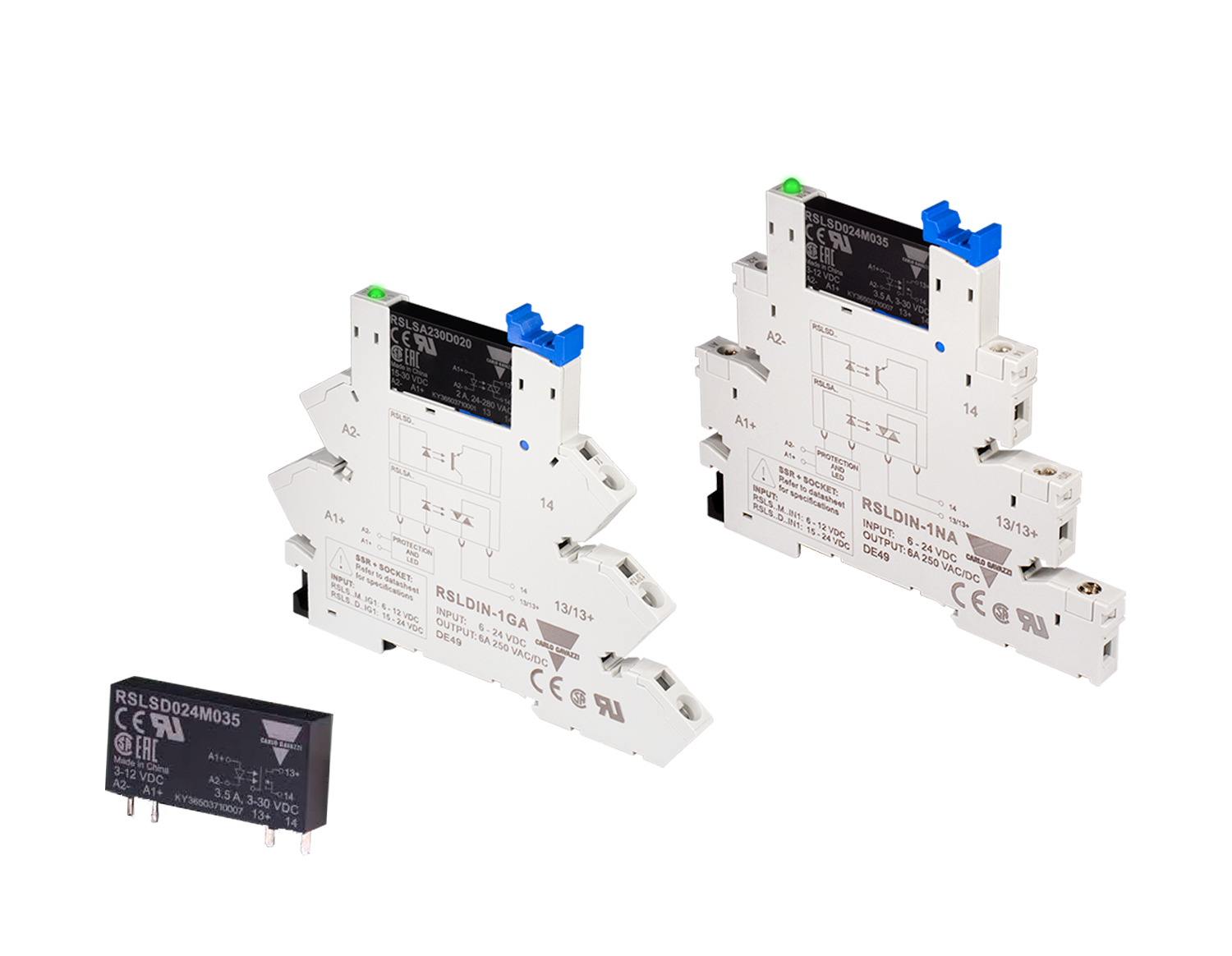New Study: Businesses Battle to Recruit Engineering Talent as Demand Exceeds Supply Fourfold

October 29, 2024
- More than one in 10 advertised jobs in the U.S. are now in the engineering sector, and salaries are 72% more than the average.
- Around 5.38 million people work in the U.S. engineering sector, a number that has been rising by around 3.5% year-on-year
- Approximately 141,000 engineering students graduate in the U.S. each year
- New graduate talent could fill up to 15% of open roles, leaving a massive 825,000 role deficit
- Engineers are among the top 10 most sought-after professionals in the country, particularly electrical and mechanical engineers
- Certain businesses are offering highly competitive salaries to plug talent gaps
- Attracting more female talent is cited as an ongoing, top priority to support the growth of key sectors requiring STEM expertise
Businesses across the U.S., especially those in the manufacturing sector, are facing a long-term battle to recruit engineering talent as demand continues to far exceed supply.
According to a new report by RS, this talent deficit could stunt the growth of key industries, costing the U.S. economy trillions of dollars in the next decade.
Their research identified that there are currently 5.38 million people working in the U.S. engineering sector, and the number of employees has been growing by around 3.5% year-on-year.
Despite this rising workforce, nearly a million (966,000) engineering roles were advertised across the country in August 2024.
This equates to around 13% of all available, advertised roles (7.7 million) across the U.S., placing engineering amongst the top ten most in-demand professions.
With around 141,000 engineering graduates in the U.S. each year, the data suggests a maximum of 15% of ”open” roles could be filled by new talent per year — leaving a massive 85% (825,000) employee deficit. This doesn’t even account for people retiring.
Software developers represent the largest part of the current engineering workforce (around 9%), followed by civil engineers (6%). However, electrical engineers are the most in-demand workers in 2024.
There are around 161,000 electrical engineers employed in the U.S., but there are a further 148,000 advertised roles available for these professionals. Electrical engineers alone equate to 15% of all ”open” engineering positions.
Mechanical (84,683) and manufacturing engineers (76,400) are also highly sought after, accounting for 9% and 8% of advertised engineering roles, respectively. While graduates with majors in mechanical engineering and electrical engineering are higher in volume than other specialties) — representing 25% and 21% of all engineering graduates in the last year — the volume of new talent coming through is less than a quarter of those sought by businesses.
Salaries have been raised to help businesses lure the experts they need, but this isn’t necessarily attracting more people into the industry overall. Instead, it is understood to be largely leading to the reallocation of existing employees.
The average advertised wage for engineering workers is currently around $103,000 per year, which is around 72% higher than the U.S. average ($60,000). And engineers have seen wage increases of around 8% in the last year alone.
While electrical engineers are the most in-demand, they can’t currently demand the highest salary. Advertised roles for this field are around $103,000 per year, while healthcare systems engineers attract the highest average salaries of $130,000 per year.
On a more local level, southeastern San Mateo County, California currently offers the highest engineering salaries of $283,000. This was followed by southeast Westchester County at $269,000 and then southwest Santa Clara County at $265,000.
Attracting more women into engineering was identified as an ongoing key area to support the sector’s growth. Currently, only around a quarter of the U.S. engineering workforce is female, and the same applies to university graduates.
While the percentage of female engineering students has been increasing steadily since the 1950s (when it was just 0.3%), including a 37% increase since 2015, the numbers remain comparatively low compared to male graduate rates. Georgia Institute of Technology in Atlanta and Northeastern University in Boston currently have the highest percentage of female engineering students (34%) in the U.S.
Overall, across all graduates, California awards the most engineering degrees, around 11% of the U.S. total. This is followed by Texas and New York (both 7%). On an institutional level, Georgia Institute of Technology in Atlanta awards the most engineering degrees — around 3,400 per year, or 1.84% of the U.S. total. Purdue University in West Lafayette, Indiana, awards the second-most bachelor’s degrees in engineering (1.82% of the U.S. total), followed by Texas A&M University (1.80%).
Jim Davis, Director of Technical Solutions at RS, commented: “Our clients in the industrial manufacturing, automation, and electronics sectors are reporting resource shortages to us in two key places.
The first is general staff shortages, with the impact of limited employee resources being that some customers are struggling to complete all their projects within expected timeframes. The second is skill shortages. Our customers are reporting that they simply don’t have the skillsets required to complete certain projects.
While there is no overnight solution for these challenges, we’ve encouraged our clients to seek out opportunities to advance their manufacturing & engineering processes to help ease their resourcing pressure points. The growth of digital factories creates potential to both improve processes and to broaden the range of skills required from the industrial sector workforce. Engineers with skills such as electrical control, software development, networking, and mechanical design are in especially high demand.”

https://us.rs-online.com/newsroom/2410-engineering-labor-shortage










